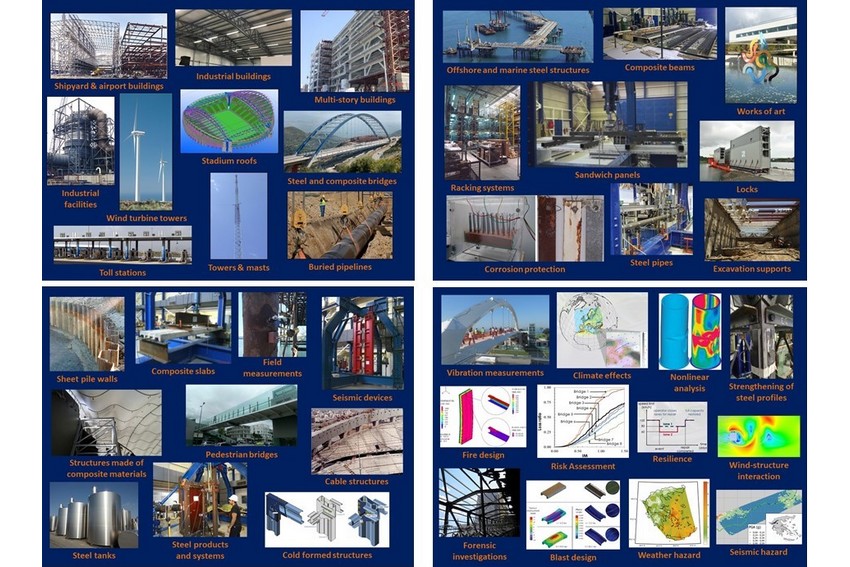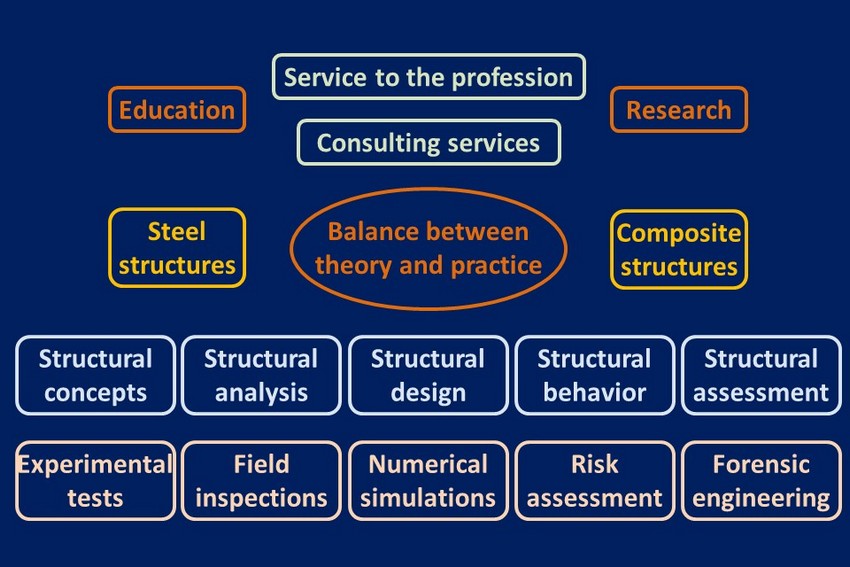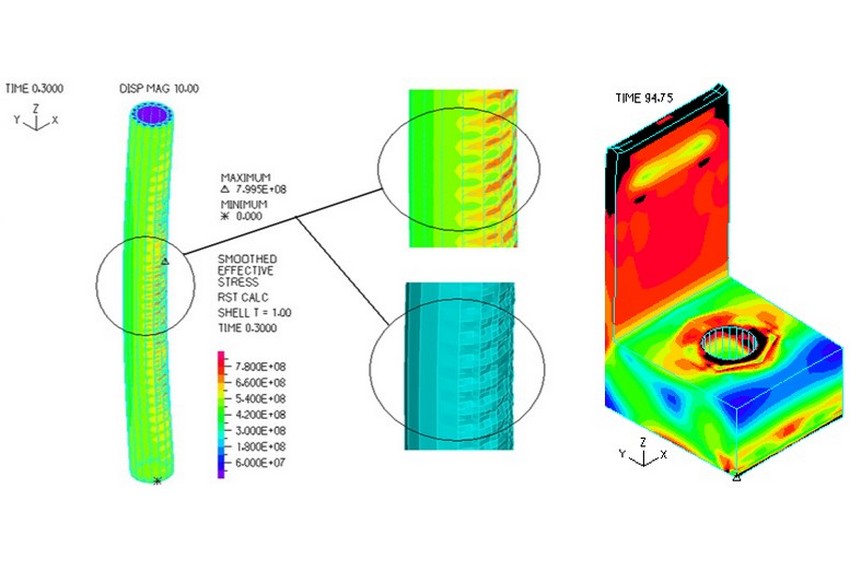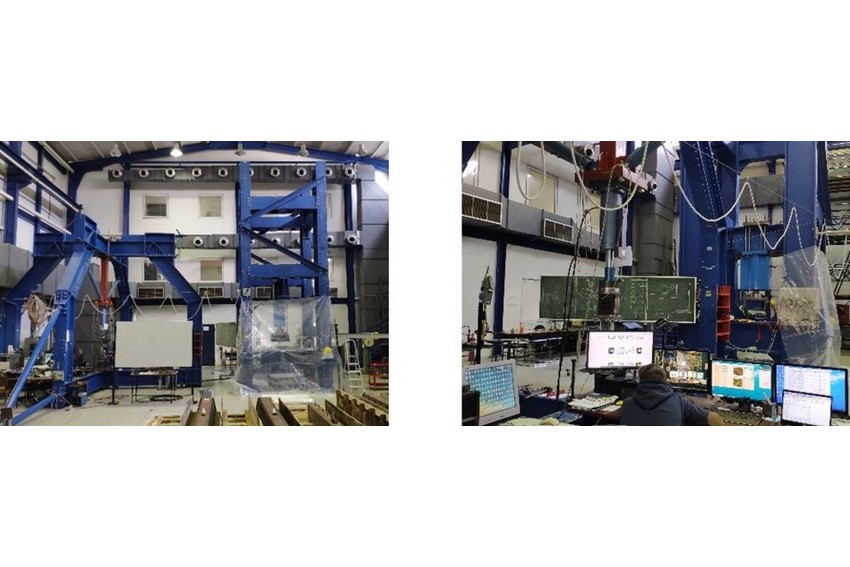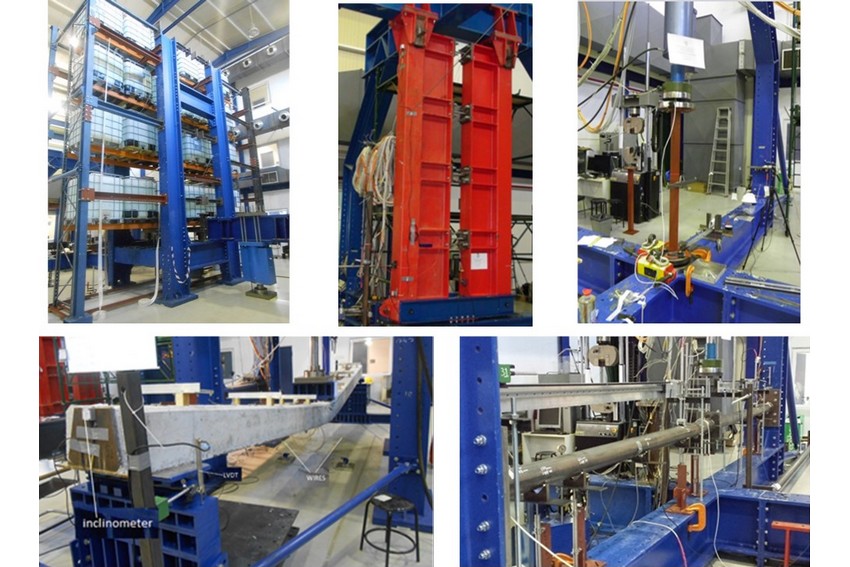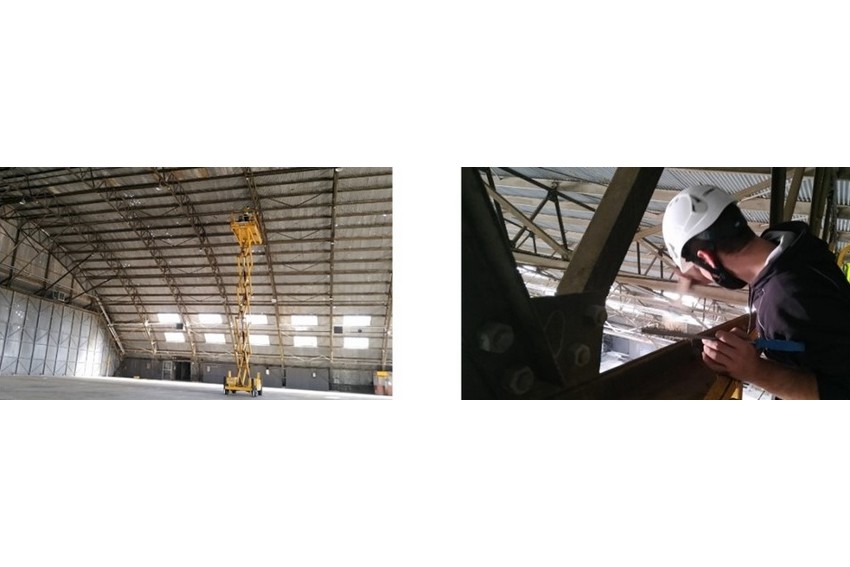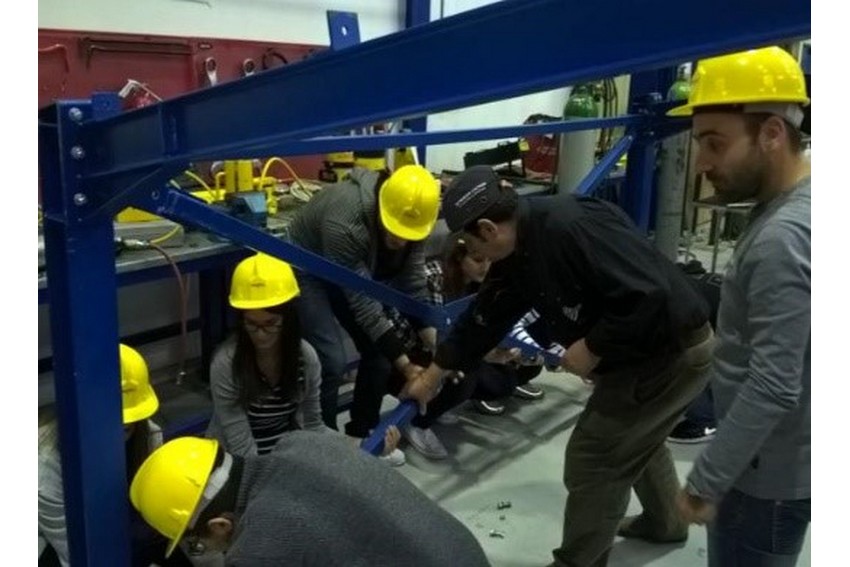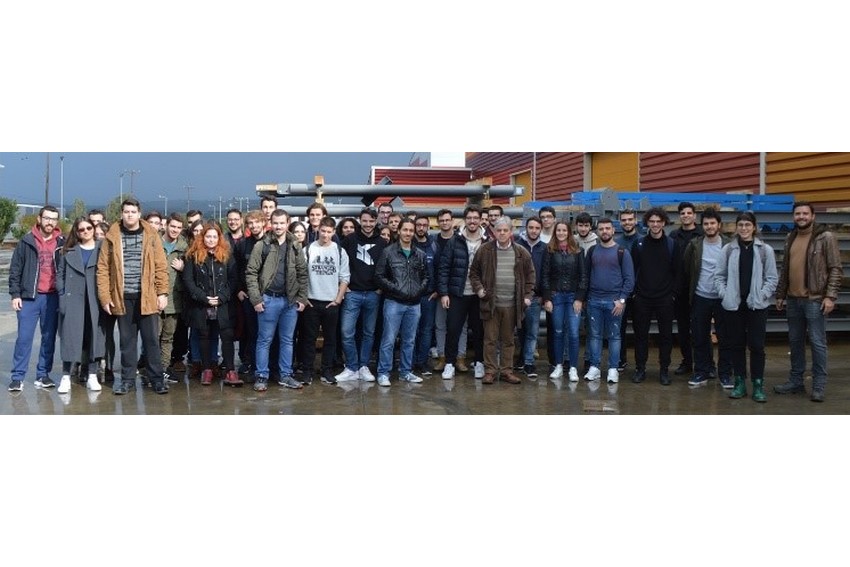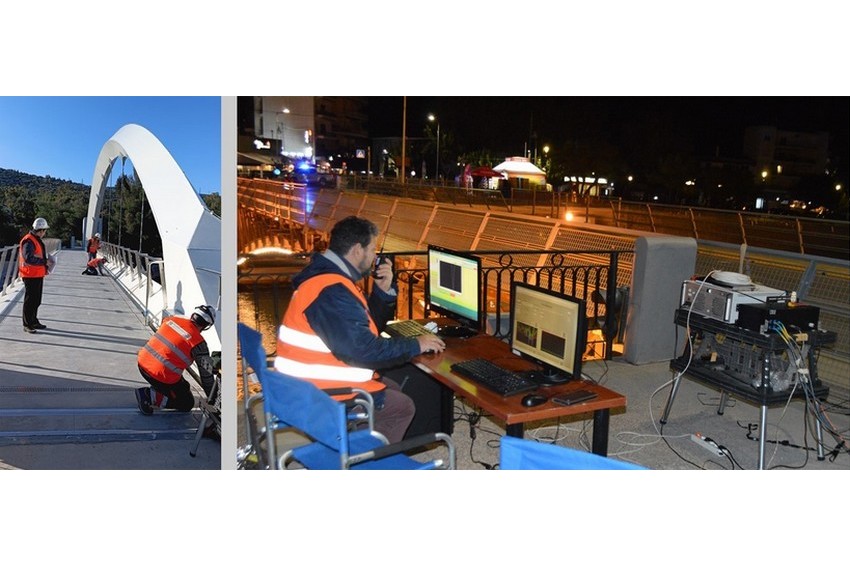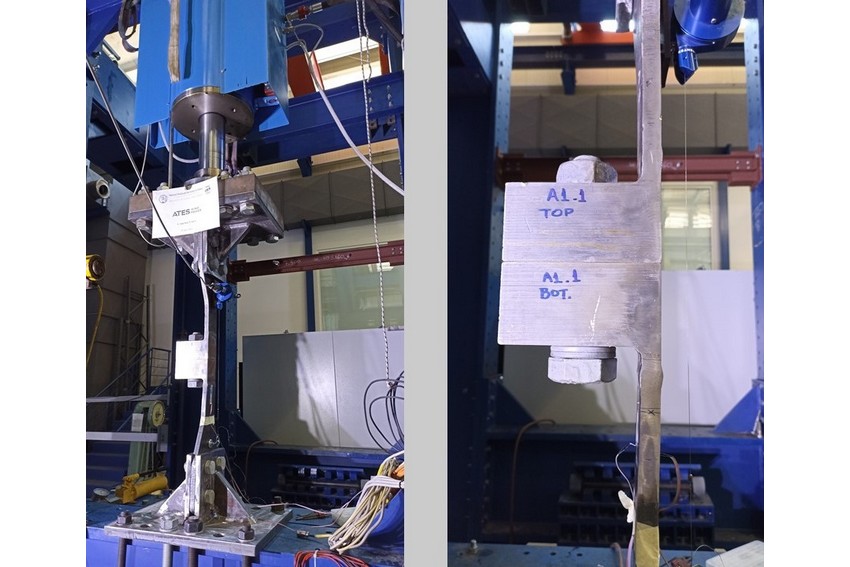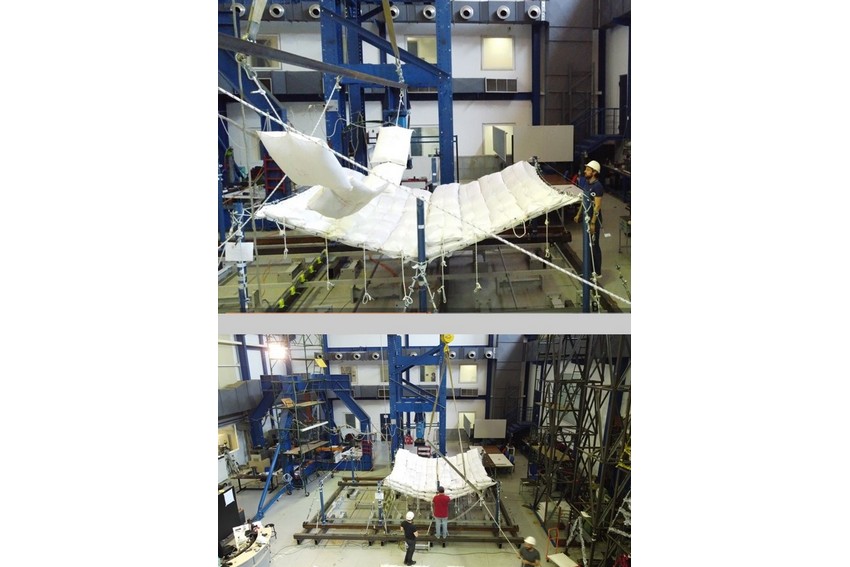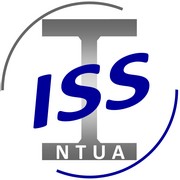
Identity
Establishment details:
Founded in 1965
Joined School of Civil Engineering in 1983
Director:
Charalampos Gantes
Professor
School of Civil Engineering
Department of Civil Engineering
Institute of Steel Structures
Tel.: +30 210772 3440
Email: chgantes@central.ntua.gr
Contact info:
Institute of Steel Structures
Department of Structural Engineering
School of Civil Engineering
9, Ιron Polytehneiou str., 15772
Zografou Campus, Athens, Greece
Tel.: +30210772 3440, Email: chgantes@central.ntua.gr (Institute Director)
tel.: +30 210772 2307, +30 210772 4021
Email: bekiaryv@central.ntua.gr, kmichalt@central.ntua.gr (Institute Secretariat)
Website:
http://labmetalstructures.civil.ntua.gr/cms/en/
The Institute of Steel Structures was founded in 1965 and was officially integrated in the School of Civil Engineering of the National Technical University of Athens in 1983.
ISS is one of the five laboratories/institutes of the Department of Structural Engineering.
Fields of study
The Institute of Steel Structures studies the behavior, analysis, design and assessment of steel and composite civil engineering structures.
The educational and research activities of the Institute, as well as the services provided to the engineering community, address the above subjects.
To fulfill its objectives, the Institute of Steel Structures develops a wide range of activities, including laboratory tests, field inspections and measurements, numerical simulations and risk assessment methods.
The basic principle of the Institute is tο balance between theory and practice, considered by all Institute members as the central axis governing all their activities.
In addition to the main mission of education and research, the members of the Institute provide services to the engineering community through their participation in working groups drafting national regulations and Eurocodes, organize continuing educational seminars for practicing engineers and offer vocational guidance lectures for schools.
They also provide consulting services for special construction projects and offer forensic engineering expertise to determine the causes of structural failures.
More specifically, theInstitute of Steel Structures is active in a wide range of projects including:
- Industrial buildings and other industrial facilities
- Multi-story steel buildings
- Steel and composite steel-concrete bridges
- Steel building products and systems such as seismic protection systems, industrial racks and cladding panels
- Towers and masts
- Cable-stayed structures
- Coastal and marine steel structures
- Steel structures for temporary support of excavations
- Special steel structures such as sculpture skeletons
- Structures made of composite materials (FRP)
- Steel structures for the energy sector (wind energy, photovoltaic systems, pipelines)
- Thin-walled cold-formed steel structural elements
- Protection of steel structures from corrosion and fire
- Strengthening of steel structural elements
- Risk assessment with emphasis on seismic risk and resilience
- Design against explosions
- Wind-structure interaction
- Environmental impact assessment
Selected research results
- Participation in research projects with funding from the Research Fund for Coal and Steel, such as DISSIPABLE, EQUALJOINTS-PLUS, ANGELHY, STEELWAR, FREEDAM-PLUS, INNOSEIS, ΜATCH, SEISRACKS2, FUSEIS, PLASTOTOUGH, INERD.
- Participation in research projects with funding from Horizon 2020, such as METIS, YADES, HYPERION, NSFuse, PANOPTIS, INFRASTRESS, DeReStAr.
- Development of innovative links for seismic protection of steel structures – INERD
- Development of damping systems for the seismic protection of steel structures – Fuseis
- Development of the computational method Incremental dynamic analysis (IDA) for the assessment of the behavior of structures under seismic actions.
- Development of an innovative tripod system for enabling very tall wind turbine towers
- Development of a design and evaluation method of non-conventional steel structures based on non-linear numerical analyses, with applications in wind turbine pylons, buried pipelines, steel arches, etc.
Infrastructure and Equipment
The Institute of Steel Structures is housed in a self-contained building of 2,120 m2 in the central complex of the School of Civil Engineering in NTUA Zografou Campus and has modern computing, experimental and measurement facilities including:
- Personal computers network serving educational and research needs.
- Numerical analysis software.
- Strong floor 260m2 with 40 anchorage points
- 16t crane
- Support frames
- Pistons up to 5MN
- Instruments for non-destructive testing
- Laboratory and field measuring instruments
- Salt spray chamber for corrosion tests
- Central control system
Research activity
The Institute members have an extensive research activity with international impact. During the last decade, many research projects have been developed, with National and European funding, with particularly strong participation in Research Fund for Coal and Steel (RFCS) programs. The Institute members have a total of about 150 research publications, which gather over 12000 references, while they are the authors of more than 40 books.
The Institute of Steel Structures also collaborates in research with design offices and construction companies in Greece and abroad, as well as with Public Sector and Municipal Government Bodies.
Users of the services provided by the Institute are among others, public bodies, such as the Ministry of Infrastructure and Transport and the Ministry Culture, as well as bodies of the private sector in Greece and abroad, such as the World Bank, NAM Shell (Shell, ExxonMobil Joint Venture), the UK Ministry of Defense, Peikko, iTeam S.A., AETMON IKE, ArcelorMittal, ATES Wind Power, COSMOTE, SIKA, CERS, PAEGAE S.A., ELVACHALCOR GREEK COPPER AND ALUMINUM INDUSTRY S.A., Tripod IKE, Χ. RΟΚΑS ΑΒΕΕ, Porta Block, Lois Builders Ltd, Οbermeyer Ηellas, EMVATIS S.A., ISOBAU, G.Χ. SMILI S.A., EURARCO S.A. J.V. – ΕRGΟΝΕΤ S.A., ResilienceGuard GmbH, QuakeGuard Cyprus Ltd, Jarret Structures / DouceHydro SAS, Global Earthquake Model Foundation, CSolarSteel.
Educational activity
The Faculty of the Institute teach and co-teach 14 undergraduate courses in the School of Civil Engineering (Steel Structures I, Steel Structures II, Steel Structures III, Light Metal Structures, Nonlinear Behavior of Steel Structures, Structural Reliability and Risk Analysis, Seismic Assessment – Strengthening of Existing Structures, Integrated Structural Engineering Project, Composite Materials, Materials Laboratory, Structures Laboratory, Humanities Laboratory).
They, also, teach 6 courses in the Interdepartmental Postgraduate Program ‘Analysis and Design of Earthquake Resistant Structures’ (ADERS) and ‘Nautical and Marine technologies’ (Design of Steel Buildings, Special Steel Structures, Design of Construction Works II, Offshore and Marine Steel Structures, Design of Cable and Membrane Structures, Technical Seismology).
The ISS faculty members also prepares a great number of diploma and postgraduate theses. We may indicatively mention that during the last five years 2018-2022, 156 diploma theses and 64 master’s theses have been prepared and 11 doctoral theses have been completed. At the beginning of 2023, more than 20 PhD candidates prepare their doctoral theses at the Institute.
Permanent Members: Charalampos Gantes (Professor/Institute Director), Dimitrios Vamvatsikos (Associate Professor), Pavlos Thanopoulos (Assistant Professor), Xenofon Lignos (Special Lab & Teaching Staff), Vasiliki Bekiary (Administrative Staff), Aikaterini Michaltsou (Administrative Staff).



